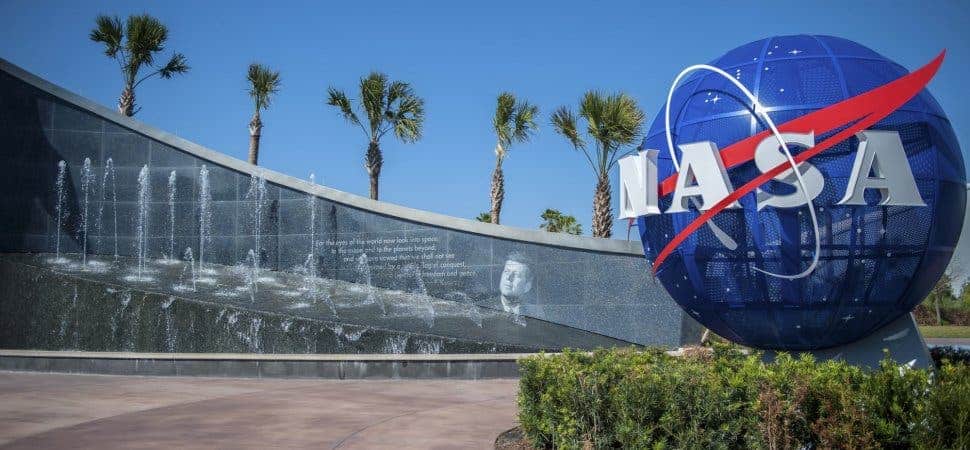Coronavirus continues to spread across the United States despite tighter restrictions in a large number of states. Still, NASA hopes to continue as normal with most of its upcoming missions, establishing procedures to avoid astronauts taking the illness into space.

Workers at two space centers of NASA have already tested positive for coronavirus. The first case was detected in Ames Research Center in California’s Silicon Valley and the second on the Marshall Space Flight Center in Alabama, leading to the agency urging its workers to work from home if possible.
Despite those two cases, NASA hasn’t announced cancelations or delays in its upcoming projects. The most important ones include the launch of the Mars 2020 Perseverance rover, the April Demo-2, mission and the construction of the James Webb space telescope.
“Currently, the coronavirus has not significantly affected NASA’s operations and work continues on track,” NASA spokesperson Bettina Inclan told CNBC. “This includes preparations for the upcoming launches of the Mars Perseverance rover mission and NASA’s Commercial Crew flight test to the International Space Station.”
NASA has its own framework to deal with the coronavirus, including four different stages – each one detailing the number of people that have to work from home and the amount of travel allowed. The two NASA centers where positive cases of coronavirus were found are now on Stage 3, making home office mandatory.
The rest of the NASA facilities are on Stage 2, meaning employees are encouraged to work from home, reduce non-essential travel, and practice social distancing. No other cases of coronavirus have so far been reported beyond the first two, Inclan said, claiming they are monitoring the situation closely.
If the coronavirus expands further, implementing a Stage 4 would mean for NASA to close down facilities entirely and to limit access only to mission-essential workers, responsible for the protection of life and critical infrastructure. Reaching that status could mean disruptions to the agency’s plans.
For now, NASA is looking ahead to its next launch to the International Space Station, scheduled for April 9th. Three crew members will travel in a Russian rocket to the station, joining the other three people already there. NASA hasn’t made any changes to the plans of the mission so far.
The space agency usually quarantines its astronauts for 14 days prior to a mission, but this quarantine period could start earlier than usual, given the circumstances, Kirk Shireman, ISS program manager at NASA, told Gizmodo. “We expect to take additional measures to make sure that quarantine is a little tighter,” he said.


